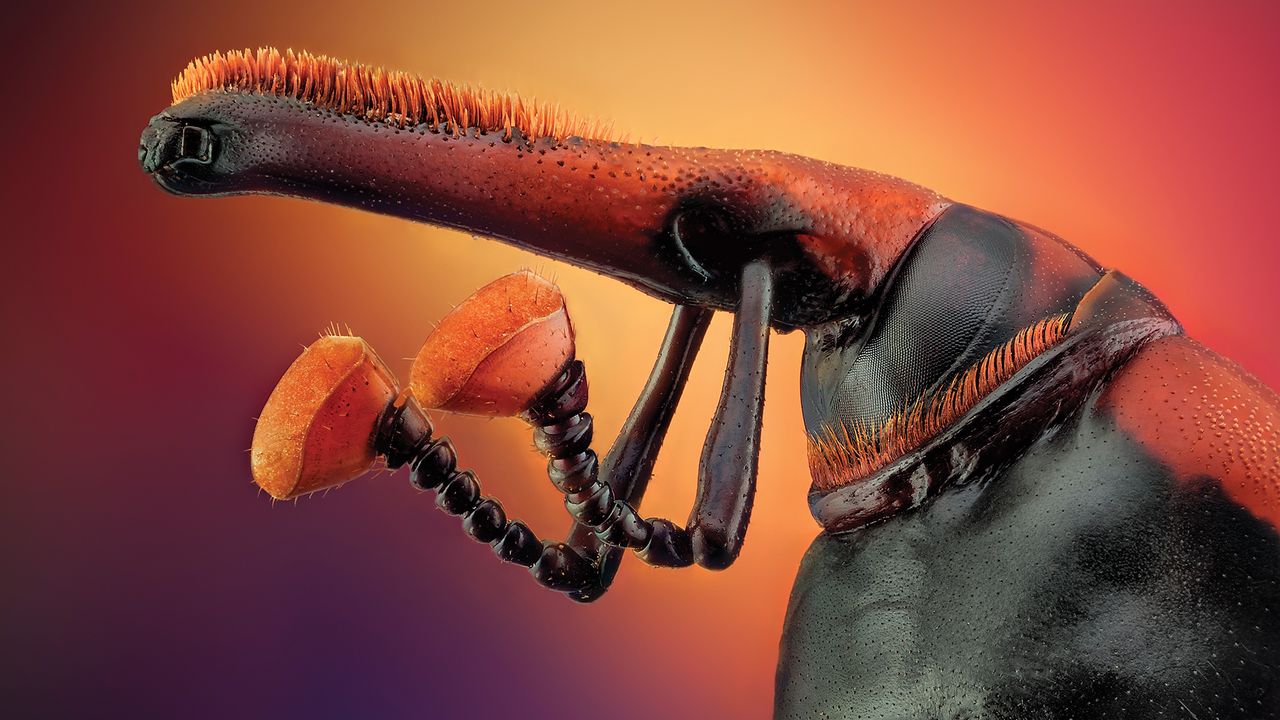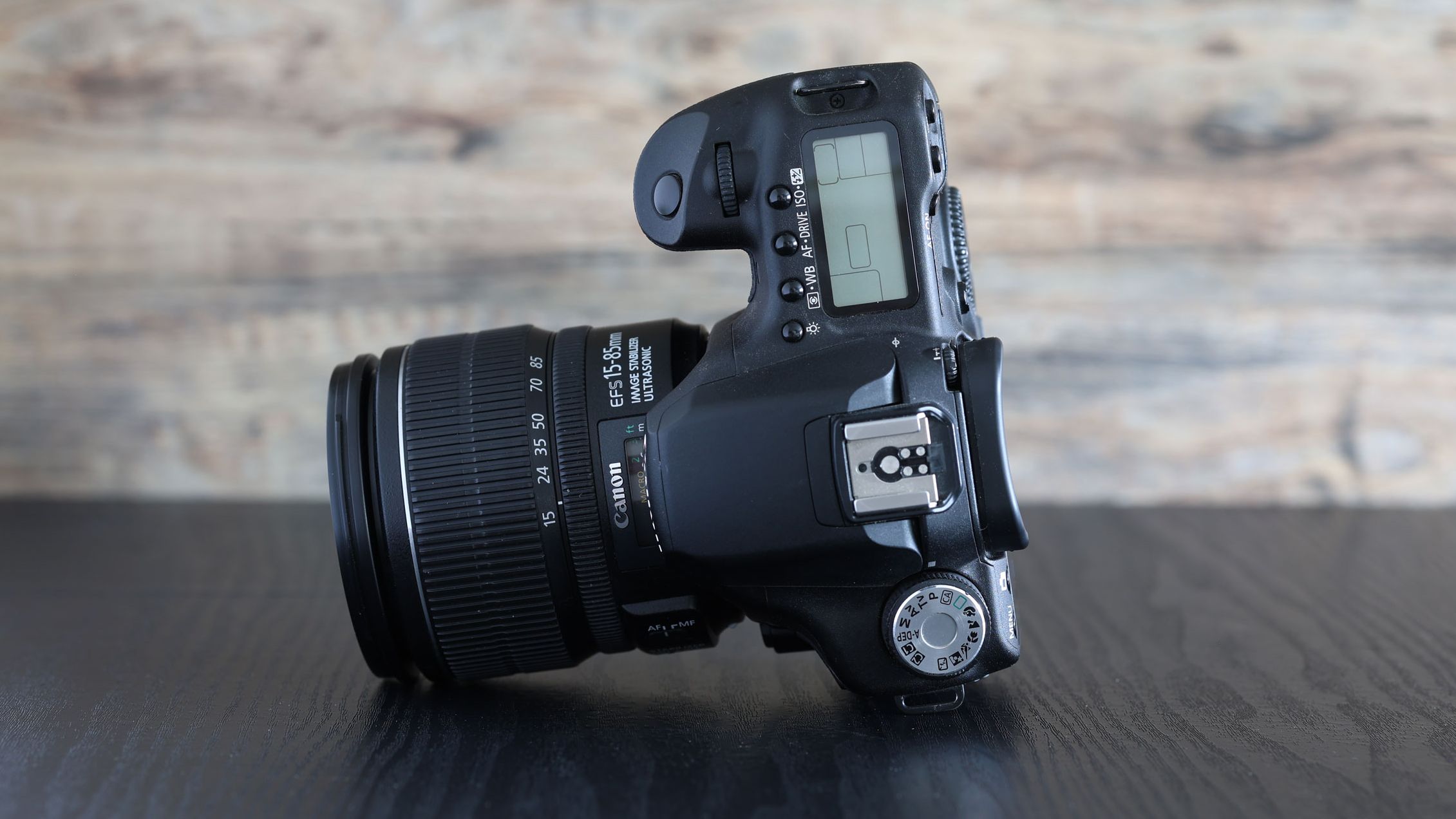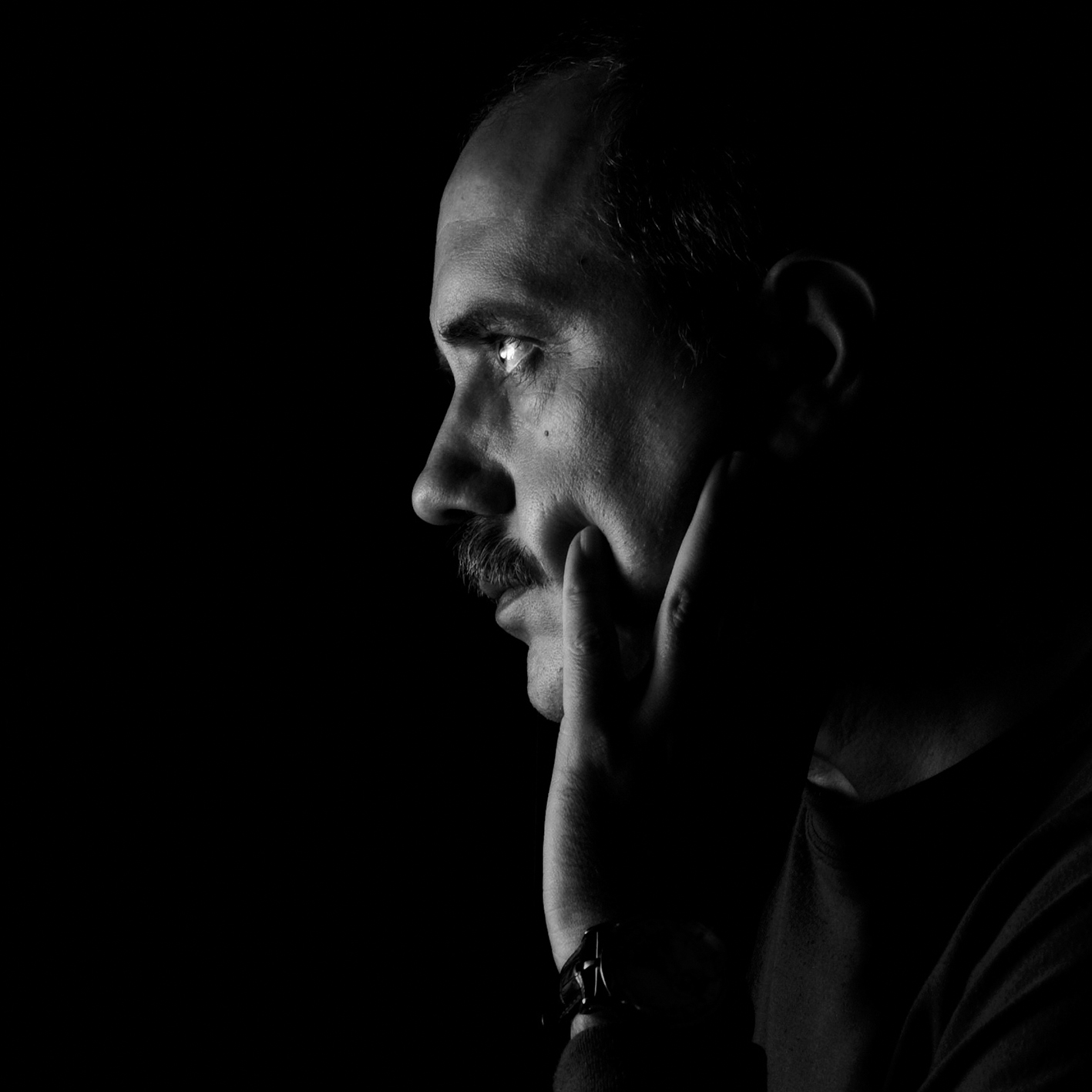
Macro photography never ceases to inspire the imagination, as it reminds us of how much of the natural world plays out under our noses but goes unnoticed. Microphotography or 'extreme macro' takes things a step further into the macro world, revealing even greater levels of detail. Photographer Javier Rupérez is an expert at using precise camera work to capture exquisite studies of small subjects.
His work, 'Red palm weevil', demonstrates what DSLRs are capable of. At the heart of this image is a setup that bridges eras of photography – the robust engineering of a mid-2000s DSLR paired with optical precision from the film darkroom: captured with a Canon EOS 50D from 2008, and a specialized optic, the Schneider Kreuznach Componon-S 50mm f/2.8 enlarger lens.
Let's dive into the story behind this image and take a look at Javier's gear choices.
The story
"This type of large-magnification photography means working with an extremely small depth of field, almost non-existent," explains Javier. "It requires the technique of 'stacking', that is using re-positioning systems of enormous precision (microns) to move the entire camera, bellows and subject set.
"We then produce a series or a 'stack' of photographs and with the correct software, a perfectly focused picture. This is a red palm weevil, which are among the larger species of beetle and can grow as long as four centimetres (1.6 inches).
"Only male weevils like this have bristles on their snouts, which they use to detect signals from females. When shot very closely, the antennae can look like boxing gloves.”"
To make this image, Javier brought his subject into a more predictable setting, for maximum control. "This was done on a macro studio table, in a totally controlled environment (framing, camera, lighting, positioning, etc). It would be impossible to control the movements of a live insect to fractions of millimetres while shooting a 'stack' of 68 photographs.
"The 'extreme macro' process often lasts an hour or two and an essential requirement is that there is not the slightest movement, keeping in mind that you may have to shoot a series of 200 or 300 photographs, depending on the magnification."
The gear
Canon EOS 50D
The Canon EOS 50D, released in 2007, represents one of the high points in Canon's enthusiast DSLR design, featuring magnesium-alloy construction, intuitive physical controls, and the iconic rear command dial that made manual adjustments second nature.
Its 15-megapixel APS-C sensor, while modest by today's standards, still produces remarkably clean, detailed files – particularly at low ISO. But what really stands out is how the camera feels: deliberate, balanced, and built to last. The ergonomics serve as a reminder of an era when cameras were designed with the photographer's hands in mind, not just for spec sheets.

Schneider Kreuznach Componon-S 50mm f2.8 enlarger lens
The Schneider Kreuznach Componon-S 50mm f/2.8 is an enlarger lens originally designed for darkroom printing. Adapted for macro photography, it delivers outstanding sharpness and flatness of field – essential for revealing fine surface details at high magnifications. Reversed to the mount for greater magnification, it becomes a microspoe-like optic that renders every surface texture and microspoeic detail.
Everything here is manual – focus, aperture, positioning – and that's precisely the point. There's a sense of craftsmanship that modern automatic can't replicate. Together, the EOS 50D and the Componon-S form a partnership between eras: digital precision meets mechanical purity.

You might like...
Browse the best cameras for macro photography, the best macro lenses, and the best extension tubes.







